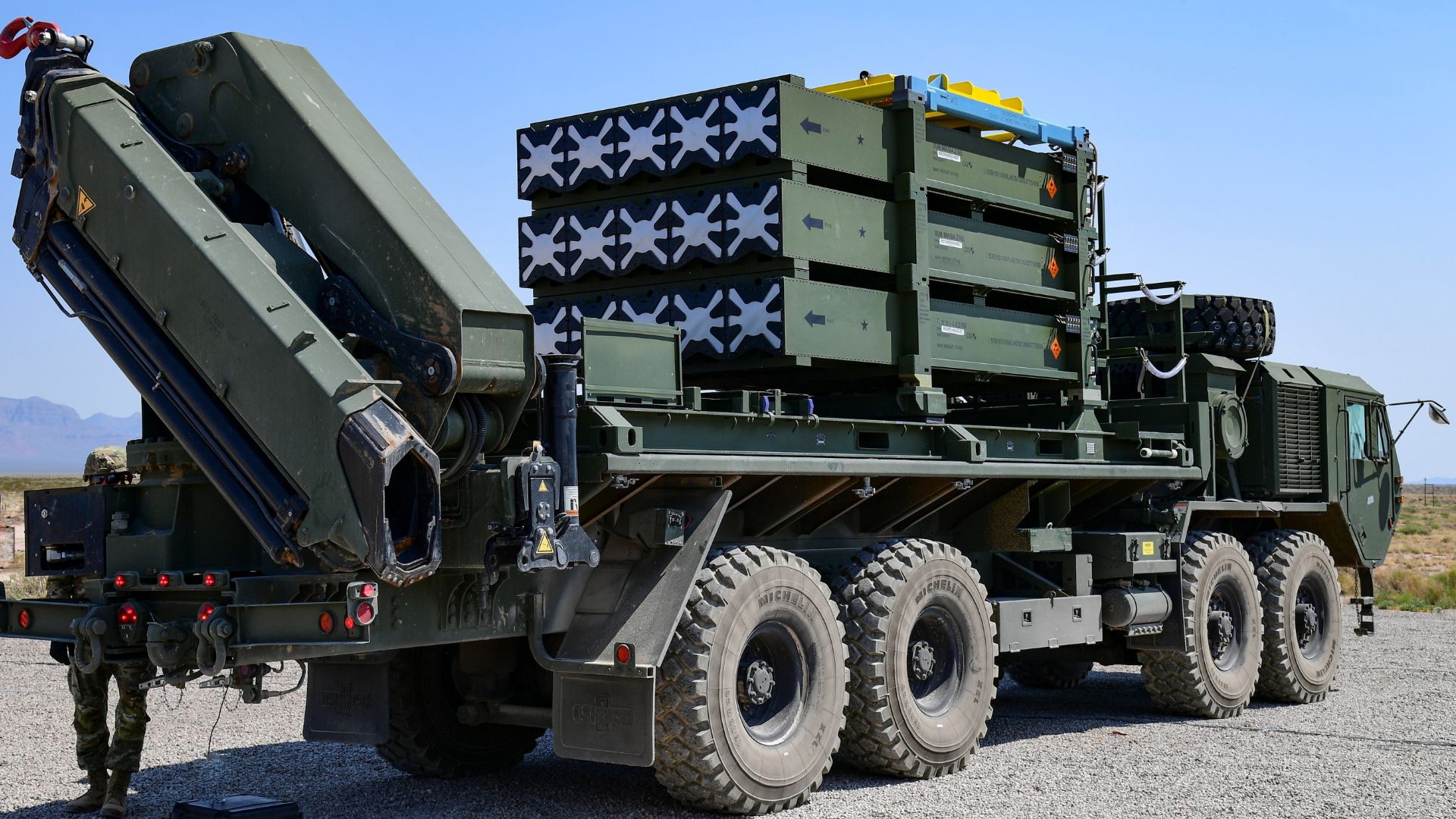Last week, the Stockholm International Peace Research Institute (SIPRI) dropped a bombshell — not the kind that lights up a skyline, but one that spells out loud and clear that the world is bracing for a fight. According to SIPRI’s April 28th press release report, global military spending hit a record-breaking $2.718 trillion in 2024, a staggering 9.4% spike from the previous year. That’s not just another stat buried in a spreadsheet. That’s the biggest annual jump since the Cold War’s curtain call.
Make no mistake — this isn’t about posturing. The world isn’t just rattling sabers. It’s locking and loading.
A Dangerous Addiction: The Arms Buildup No One’s Talking About
Let’s not sugarcoat it: over 100 nations worldwide dug deeper into their national wallets to fatten defense budgets. And it’s not just about equipment or drills. This marks the 10th consecutive year of increased spending. The trajectory is unmistakable — nations are preparing for prolonged, high-intensity conflict.
SIPRI’s data pulls no punches. The top five military spenders — the United States, China, Russia, Germany, and India — accounted for a whopping 60% of the global total, pumping out a combined $1.635 trillion (INSANE). That’s more than just balance sheets; it’s a strategy map of a world slowly inching toward open conflict on multiple fronts.

Europe: Reawakening a Giant
The blood-soaked soil of Ukraine continues to be the flashpoint, and Europe has taken the hint. Military spending across the continent surged 17% to $693 billion — the sharpest rise of any region. Forget Cold War comparisons; Europe’s now outspending what it did at the end of that era.
Russia dropped $149 billion on defense last year — up 38%, and now pouring 7.1% of its GDP into the war machine. Meanwhile, Ukraine, burning through its resources just to survive, spent $64.7 billion — that’s 34% of its GDP, the highest military burden on the planet. Every cent of tax revenue in Kyiv is now diverted to the defense effort.
Then there’s Germany — now the fourth largest military spender worldwide. Yes, you read that right. With a 28% increase, Berlin is wielding its €100 billion (around $113 billion) special defense fund like a sledgehammer. Poland isn’t far behind, jacking up spending by 31%.
This isn’t some peacetime precaution. This is Europe locking in for a long haul.
NATO: Muscle Without a Brain?
Every single NATO member upped their defense budgets in 2024, pushing the alliance’s total to $1.506 trillion — more than half the planet’s total military spend. Notably, 18 of the 32 members finally hit the long-touted 2% of GDP target, up from 11 the previous year.
The United States, as always, remains the 800-pound gorilla, dropping $997 billion — 66% of NATO’s total. A huge chunk of that went toward nuclear modernization and capability upgrades aimed squarely at deterring Russia and China.
But here’s the kicker: money alone doesn’t buy capability. As SIPRI’s analysts point out, fat budgets mean jack if the alliance can’t translate dollars into dominance. Europe’s still heavily dependent on the US — and that’s a strategic liability in itself.
The Middle East: Old Fires, New Fuel
The Middle East is ablaze — literally and financially. Regional military spending jumped 15% to $243 billion, and leading the charge was Israel, with an eye-popping 65% increase, hitting $46.5 billion. The spike is no mystery: Gaza and Hezbollah have forced Israel to ratchet up its game. With 8.8% of its GDP funneled into defense, Israel is now second only to Ukraine in military burden.

Even Lebanon, despite economic and political dysfunction, boosted its budget by 58% — desperation breeds defense, it seems.
On the other hand, Iran’s budget dropped 10%, held back by crushing sanctions. While its proxies remain active, Tehran’s purse strings are tightening.
Asia-Pacific: Tension Across the Water
China, the world’s second-largest military spender, raised its defense tab by 7% to $314 billion, marking three straight decades of growth. Half of all military spending in Asia and Oceania comes from Beijing. The Chinese Communist Party (CCP) is laser-focused on modernizing its armed forces, cyber capabilities, and nuclear deterrence.
Japan isn’t sitting idle. With a 21% jump, Tokyo hit $55.3 billion — the largest rise since the Korean War era. India and Taiwan also nudged their budgets up, maintaining strategic postures amid rising tension in the Indo-Pacific.
Myanmar, mired in internal conflict, stunned observers with a 66% surge — the highest rate in Asia. That’s not defense; that’s survival.
Other Flashpoints and Final Shots
- UK: $81.8 billion (↑2.8%) — still a top player.
- France: $64.7 billion (↑6.1%) — keeping pace.
- Sweden: $12 billion (↑34%) — welcome to NATO.
- Mexico: $16.7 billion (↑39%) — driven by its militarized war on cartels.
- Africa: $52.1 billion (↑3%) — rising but still far behind.
What It All Means
This isn’t about numbers — it’s about direction. The world isn’t drifting toward war. It’s racing toward it. Defense budgets are growing faster than economies. Global security is being redefined, not by treaties or diplomacy, but by the capacity to strike first and survive longer.
To the casual observer, this might look like overreaction. But if you’ve served, if you’ve seen how fragile peace is, you understand the calculus.
The age of great power competition is no longer theory. It’s policy. It’s budgeted. It’s locked in.
The arms race is back. And this time, it’s global.

